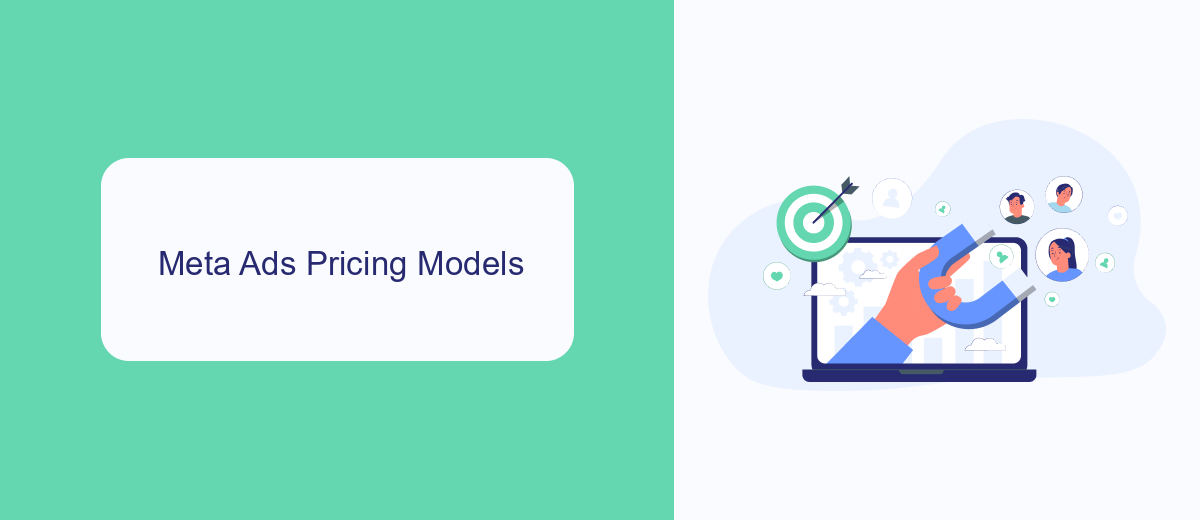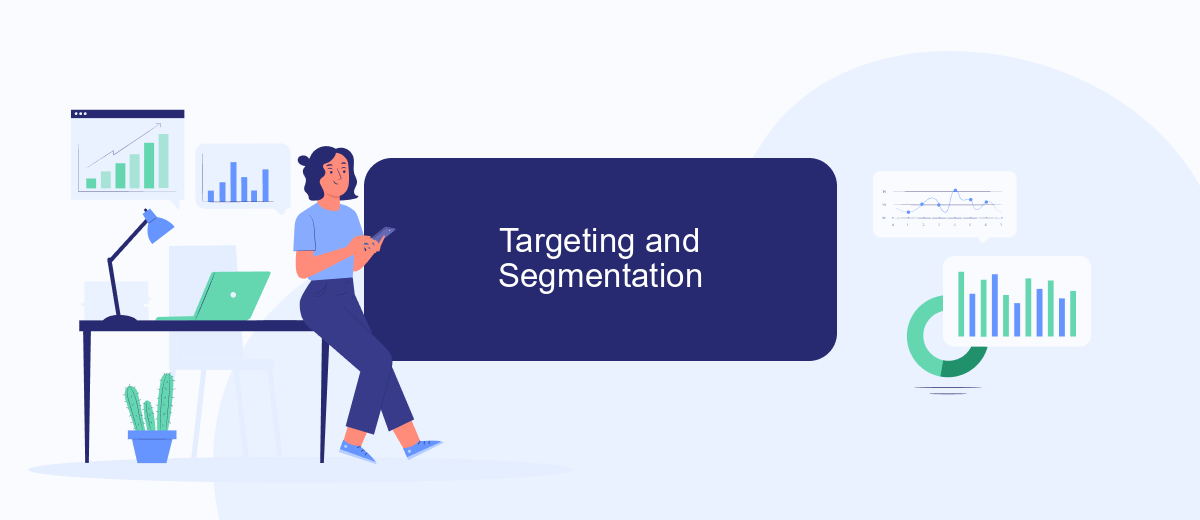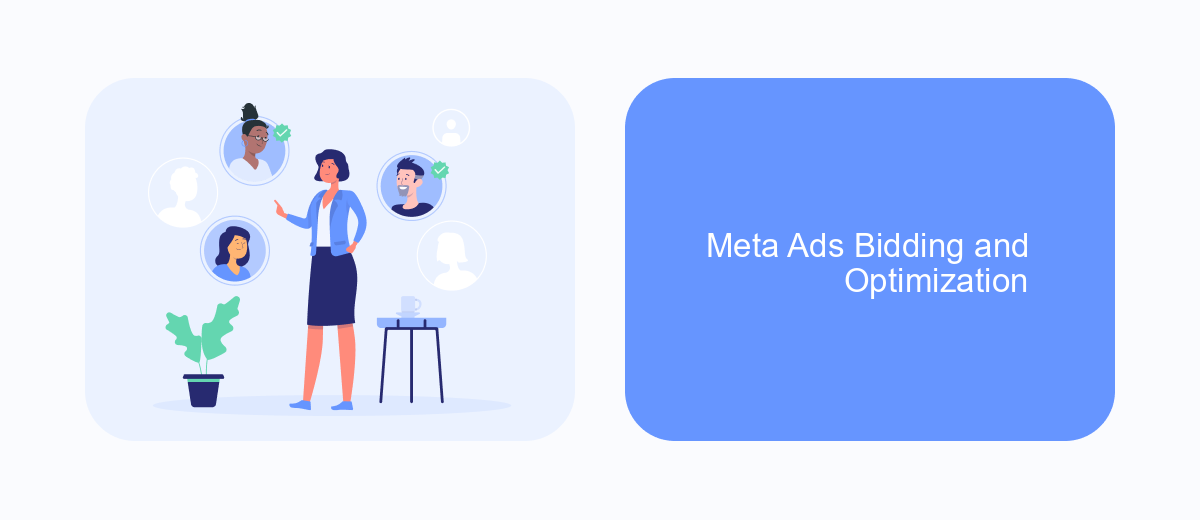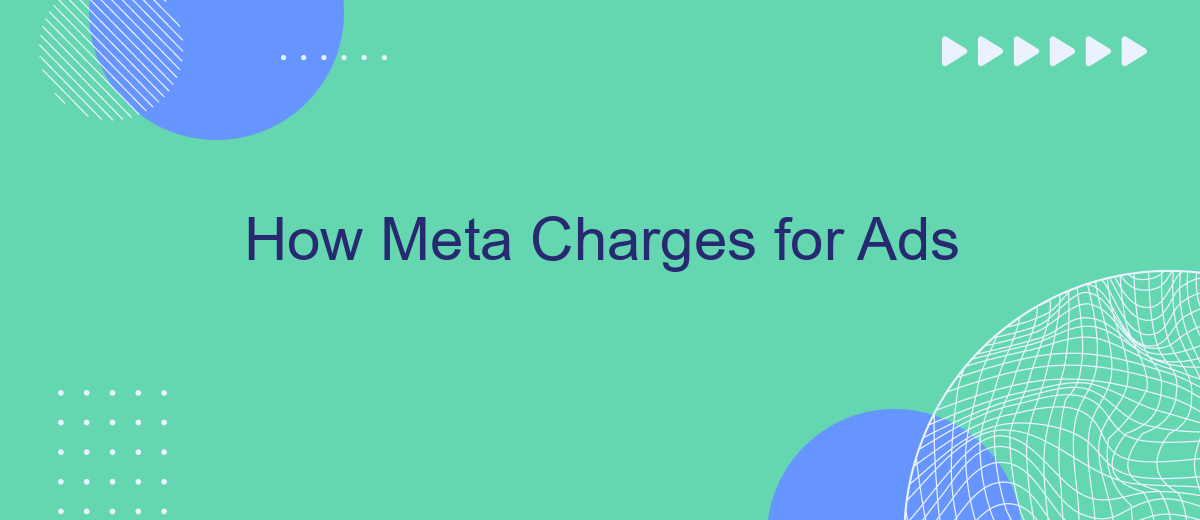In the ever-evolving landscape of digital marketing, understanding how Meta (formerly Facebook) charges for ads is crucial for businesses aiming to maximize their online presence. This article delves into the intricacies of Meta's advertising pricing model, shedding light on cost structures, bidding strategies, and factors influencing ad performance to help you make informed decisions for your marketing campaigns.
Who Pays for Meta Ads?
Meta ads are utilized by a wide range of businesses and individuals who aim to reach specific audiences on platforms like Facebook and Instagram. These ads are a crucial tool for marketers looking to increase brand visibility, drive traffic, and generate leads. The payment for these ads comes from various sources, reflecting the diverse user base of Meta's advertising services.
- Small Businesses: Many small businesses leverage Meta ads to compete with larger companies by targeting local or niche markets.
- Large Corporations: Big brands use Meta ads to maintain their presence and engage with a global audience.
- Nonprofits: Charitable organizations utilize these ads to raise awareness and solicit donations for their causes.
- Freelancers and Entrepreneurs: Individuals promoting personal brands or services also invest in Meta ads to expand their reach.
Regardless of the size or type of advertiser, Meta provides flexible budgeting options, allowing users to set daily or lifetime spending limits. This flexibility ensures that businesses of all sizes can effectively use Meta ads to achieve their marketing goals.
Meta Ads Pricing Models

Meta offers a variety of pricing models to cater to different advertising needs and budgets. One of the primary models is the cost-per-click (CPC) model, where advertisers pay each time a user clicks on their ad. This model is particularly effective for campaigns focused on driving traffic to a website or landing page. Another popular option is the cost-per-impression (CPM) model, which charges advertisers based on the number of times their ad is shown, making it ideal for brand awareness campaigns.
Additionally, Meta provides the cost-per-action (CPA) model, which allows advertisers to pay only when a specific action is completed, such as a purchase or sign-up. This model ensures that advertisers are only charged when their desired outcome is achieved. To streamline the integration of Meta ads with other marketing tools, services like SaveMyLeads can be invaluable. SaveMyLeads automates the process of capturing and managing leads from Meta ads, ensuring seamless data flow and efficient campaign management.
Targeting and Segmentation

Targeting and segmentation are crucial components of Meta's advertising strategy, allowing businesses to reach specific audiences with tailored messages. By utilizing Meta's advanced tools, advertisers can effectively pinpoint their desired demographics, interests, and behaviors, ensuring that their ads are seen by the most relevant users.
- Demographic Targeting: Advertisers can filter audiences based on age, gender, location, and language.
- Interest Targeting: Meta enables targeting based on users' interests, hobbies, and activities.
- Behavioral Targeting: Businesses can reach audiences based on their online behavior and purchase history.
- Custom Audiences: Advertisers can upload their own customer lists to target existing customers.
- Lookalike Audiences: Meta can create audiences that resemble an advertiser's best customers, expanding reach.
By leveraging these targeting options, businesses can optimize their ad spend, enhance user engagement, and achieve higher conversion rates. Meta's sophisticated algorithms ensure that ads are delivered to the right people at the right time, maximizing the effectiveness of each campaign.
Meta Ads Bidding and Optimization

Meta's ad bidding system is designed to help advertisers achieve their campaign objectives efficiently. By participating in the auction, advertisers compete for ad placements based on their bids and the relevance of their ads to the target audience. The system ensures that the most relevant ads are shown to users, maximizing the value for both advertisers and viewers.
Optimization plays a crucial role in Meta's ad bidding process. Advertisers can set specific goals, such as increasing website traffic, boosting app installs, or generating leads. Meta uses machine learning algorithms to optimize ad delivery, ensuring that ads are shown to users who are most likely to take the desired action.
- Cost-Per-Click (CPC): Bidding for each click on the ad.
- Cost-Per-Impression (CPM): Bidding for every 1,000 impressions.
- Cost-Per-Action (CPA): Bidding for specific user actions like sign-ups or purchases.
By leveraging these bidding strategies, advertisers can control their budgets more effectively while reaching their target audience. Continuous monitoring and adjustment of bids and optimization settings are essential to maintain and improve campaign performance over time.


Measuring Meta Ads ROI
Measuring the return on investment (ROI) for Meta ads is crucial for businesses to understand the effectiveness of their advertising campaigns. To accurately track ROI, it is essential to set clear goals and utilize the right metrics, such as cost per acquisition (CPA), click-through rate (CTR), and conversion rate. By analyzing these metrics, businesses can determine which ads are performing well and which need adjustments. Additionally, leveraging Meta's built-in analytics tools can provide valuable insights into audience behavior and ad performance.
Integrating third-party services like SaveMyLeads can further enhance the measurement of Meta ads ROI. SaveMyLeads allows businesses to automate the transfer of lead data from Meta ads to various CRM systems, ensuring that all leads are tracked and managed efficiently. This seamless integration helps in maintaining accurate data, which is crucial for calculating ROI. By using SaveMyLeads, businesses can streamline their marketing efforts, reduce manual data entry, and focus on optimizing their ad strategies based on real-time data.
FAQ
How does Meta calculate the cost of ads?
What payment methods does Meta accept for ad charges?
How can I monitor my ad spending on Meta?
Why did I get charged more than my budget on Meta ads?
Can I automate and integrate my Meta ads data with other tools?
Are you using Facebook Lead Ads? Then you will surely appreciate our service. The SaveMyLeads online connector is a simple and affordable tool that anyone can use to set up integrations for Facebook. Please note that you do not need to code or learn special technologies. Just register on our website and create the necessary integration through the web interface. Connect your advertising account with various services and applications. Integrations are configured in just 5-10 minutes, and in the long run they will save you an impressive amount of time.
